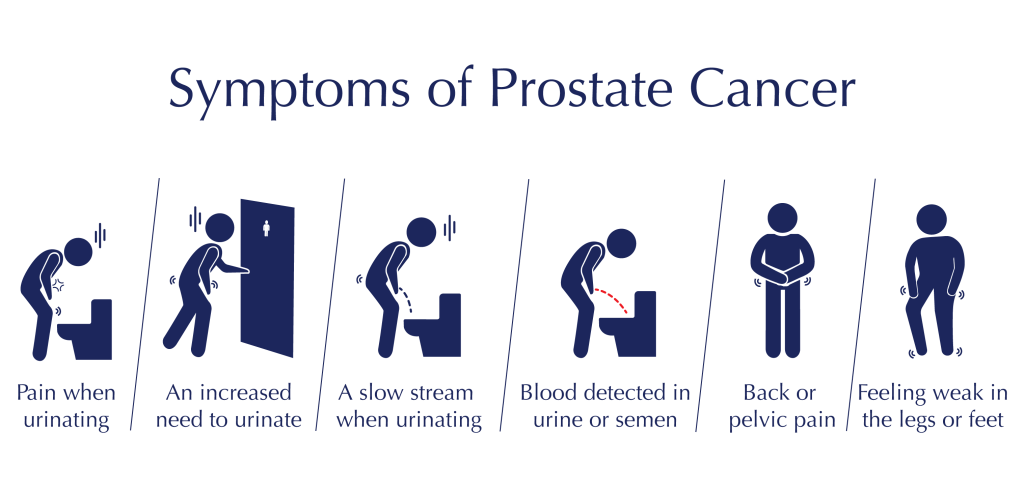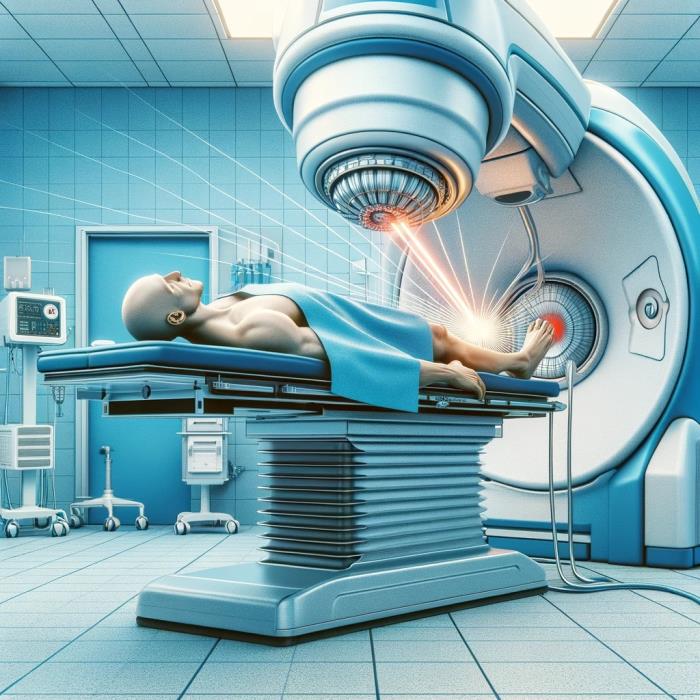All About Best Prostate Cancer Doctor
Wiki Article
Prostate Cancer Cells Therapy: Surgical and Non-Surgical Approaches Explained
When faced with a prostate cancer cells diagnosis, the variety of treatment choices can appear frustrating. This extensive summary intends to drop light on the intricacies of prostate cancer cells therapy, providing insights right into the details of each technique to encourage individuals in making educated options regarding their health.Surgical Therapy Options
When taking into consideration medical therapy options for prostate cancer cells, patients and healthcare companies often weigh the advantages and risks connected with different treatments. This treatment is often advised for individuals with localized prostate cancer cells and offers the capacity for a cure.
One more medical option is robotic-assisted laparoscopic prostatectomy, a minimally invasive treatment that makes use of a robotic system to aid the specialist in removing the prostate. This technique can lead to much less blood loss, much shorter health center stays, and quicker recuperation times compared to conventional open surgical procedure. Nevertheless, it likewise lugs the danger of problems such as infection and injury to bordering organs.
Ultimately, the selection of surgical therapy for prostate cancer depends on various elements consisting of the phase of the cancer cells, the person's total health, and their choices relating to prospective adverse effects and recovery times. Consulting with a multidisciplinary team consisting of urologists, oncologists, and radiation oncologists can assist people make informed choices regarding the most ideal medical technique for their individual case.

Non-Surgical Therapy Choices
Taking into consideration alternatives to medical interventions, non-surgical treatment options for prostate cancer cells offer individuals additional avenues for handling the condition while lessening potential medical risks. One non-surgical strategy is Active Security, where individuals with low-risk prostate cancer are checked closely with regular examinations, blood examinations, and biopsies, without undertaking prompt treatment. This technique intends to prevent unneeded treatment and its affiliated side impacts, such as urinary incontinence and erectile dysfunction.An additional non-surgical alternative is Radiation Treatment, which uses high-energy rays to eliminate cancer cells (best prostate cancer doctor). This treatment can be delivered on the surface utilizing a device (External Light beam Radiation) or inside through little radioactive pellets put near the growth (Brachytherapy) Radiation treatment can be used as a primary treatment or in mix with various other treatments, such as hormonal agent treatment
Furthermore, Hormone Therapy is a non-surgical technique that aims to minimize the levels of male hormonal agents (androgens) in the body, as these hormones can fuel the growth of prostate cancer cells. By blocking or reducing androgen levels, hormonal agent therapy can slow down cancer development and alleviate signs in innovative situations.
Robotic-Assisted Surgery for Prostate Cancer Cells

One of the essential benefits of robotic-assisted surgery for prostate cancer cells is its capability to lower the danger of issues and negative effects generally connected with open surgery, such as blood loss, pain, infection, and expanded recovery times. Individuals undergoing robotic-assisted procedures typically experience shorter healthcare facility keeps, much less postoperative pain, and quicker go back to typical activities. Furthermore, the minimally intrusive nature of robot surgical treatment typically leads to smaller lacerations, leading to boosted cosmetic outcomes and minimized scarring for clients. Overall, robotic-assisted surgical procedure represents a sophisticated technique to prostate cancer cells Click Here therapy that combines technological innovations with medical expertise to optimize client outcomes.
Radiation Treatment for Prostate Cancer Cells
Utilizing advanced radiation modern technology, radiation treatment plays a vital role in the detailed treatment of prostate cancer cells. Radiation therapy utilizes high-energy radiation to damage cancer cells and diminish lumps. It is an usual therapy option for prostate cancer, either as a key therapy or in mix with surgical procedure, hormonal agent treatment, or chemotherapy.There are two major types of radiation therapy utilized for prostate cancer: outside beam radiation therapy (EBRT) and brachytherapy. These seeds give off radiation that kills the cancer cells over time.
Radiation treatment for prostate cancer is very effective, with high cure prices, particularly for localized cancer. It is also a useful alternative for people that might not appropriate candidates for surgical treatment. Like any kind of treatment, radiation treatment may have side effects, such as urinary system problems, fatigue, and skin inflammation, yet these are convenient and usually momentary.
Hormonal Agent Treatment for Prostate Cancer Cells
Hormone treatment is a commonly used treatment approach for prostate cancer cells monitoring. Prostate cancer cells is often sustained by the man hormone testosterone. Hormonal agent treatment, also referred to as androgen deprival therapy, aims to lower testosterone degrees in the body or obstruct the hormonal agent's results on the prostate cancer cells, therefore reducing the illness's progression. This therapy is specifically efficient in innovative phases of prostate cancer, where surgical treatment or radiation therapy might not suffice.There are various sorts of hormone therapy for prostate cancer cells, consisting of drugs that reduced testosterone levels (such as luteinizing hormone-releasing hormone agonists and antagonists), or medicines that block testosterone from reaching cancer cells (like anti-androgens) Hormonal agent treatment can be utilized alone or in combination with various other treatments like radiation therapy, relying on the phase and aggressiveness of the cancer.
While hormone therapy can properly regulate prostate cancer cells growth, it might include side effects such as hot flashes, loss of libido, erectile dysfunction, and osteoporosis - Best prostate cancer doctor in Mumbai. Routine surveillance and discussions with doctor are crucial to take care of these side effects and ensure the treatment's efficiency
Final Thought
To conclude, the therapy options for prostate cancer cells include surgical and non-surgical strategies websites such as robotic-assisted surgical treatment, radiation treatment, and hormone therapy. Each method has its very own advantages and dangers, and the choice of treatment relies on various variables such as the stage of cancer cells and overall health and wellness of the individual. It is necessary for people to go over next page these options with their health care company to establish the most appropriate training course of action for their individual circumstance.
Making use of advanced radiation innovation, radiation treatment plays a critical duty in the comprehensive therapy of prostate cancer. It is a common therapy choice for prostate cancer, either as a key treatment or in mix with surgery, hormone therapy, or chemotherapy.
Radiation therapy for prostate cancer cells is extremely efficient, with high cure prices, especially for local cancer.Hormonal agent therapy is a frequently used therapy technique for prostate cancer monitoring.In final thought, the therapy choices for prostate cancer cells include non-surgical and surgical methods such as robotic-assisted surgical procedure, radiation therapy, and hormonal agent treatment.
Report this wiki page